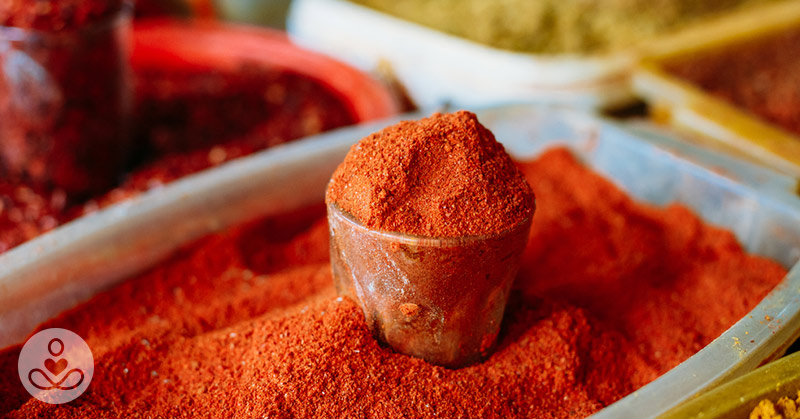Poor circulation is a common problem caused by a number of conditions. Peripheral artery disease (PAD), diabetes, obesity, smoking, and Raynaud’s disease are some of the many causes of poor circulation (1, 2, 3, 4, 5). Reduced blood flow can cause unpleasant symptoms, such as pain, muscle cramps, numbness, digestive issues, and coldness in the hands or feet. In addition to those with poor circulation, athletes and active individuals may want to increase blood flow in order to improve exercise performance and recovery. Although circulatory issues are often treated with medications, eating certain foods can also improve blood flow. Here are the 14 best foods to optimize blood flow.
1) Cayenne Pepper
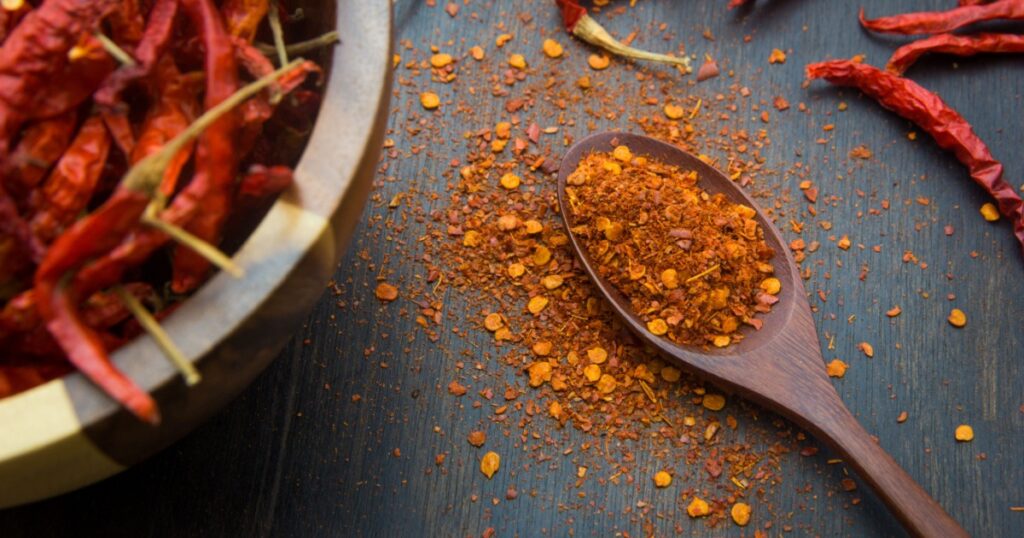
Cayenne pepper gets its spicy flavor from a phytochemical called capsaicin. Capsaicin promotes blood flow to tissues by lowering blood pressure and stimulating the release of nitric oxide and other vasodilators — or compounds that help expand your blood vessels (6). Vasodilators allow blood to flow more easily through your veins and arteries by relaxing the tiny muscles found in blood vessel walls. Research indicates that ingesting cayenne pepper increases circulation, improves blood vessel strength, and reduces plaque buildup in your arteries (7). What’s more, these spicy peppers are frequently included in pain-relieving creams because they can encourage blood flow to the affected area (8).
Read More: 28 American Foods That Are Banned In Other Countries
2) Pomegranate
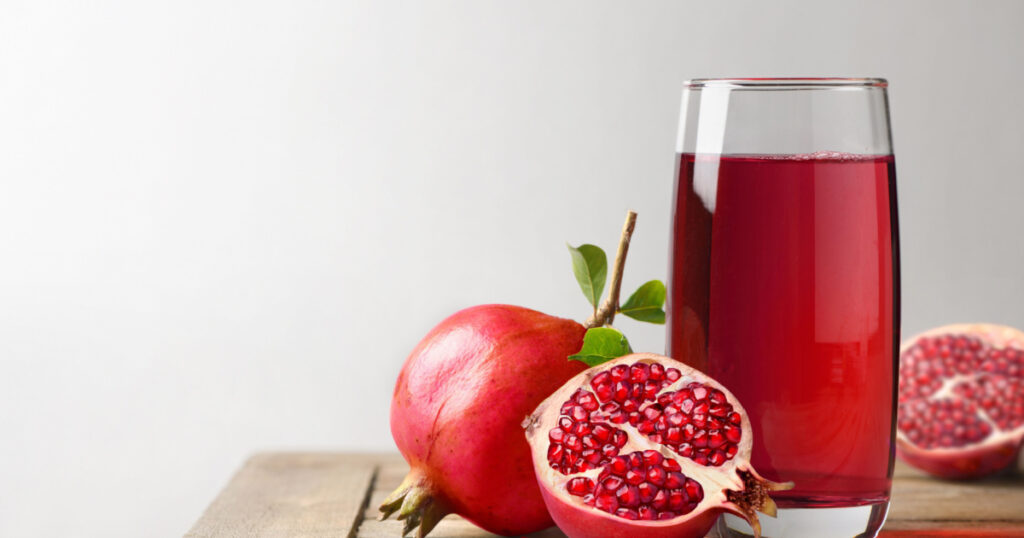
Pomegranates are juicy, sweet fruits that are particularly high in polyphenol antioxidants and nitrates, which are potent vasodilators. Consuming pomegranate — as juice, raw fruit, or supplement — may improve blood flow and oxygenation of muscle tissue, which could especially aid active individuals. A study of 19 active people, found that ingesting 1,000 mg of pomegranate extract 30 minutes before working out increased blood flow, blood vessel diameter, and exercise performance (9). Another study demonstrated that daily consumption of 17 ounces (500 ml) of pomegranate juice during or before weight training reduced soreness, muscle damage, and inflammation in elite weightlifters (10).
3) Onions
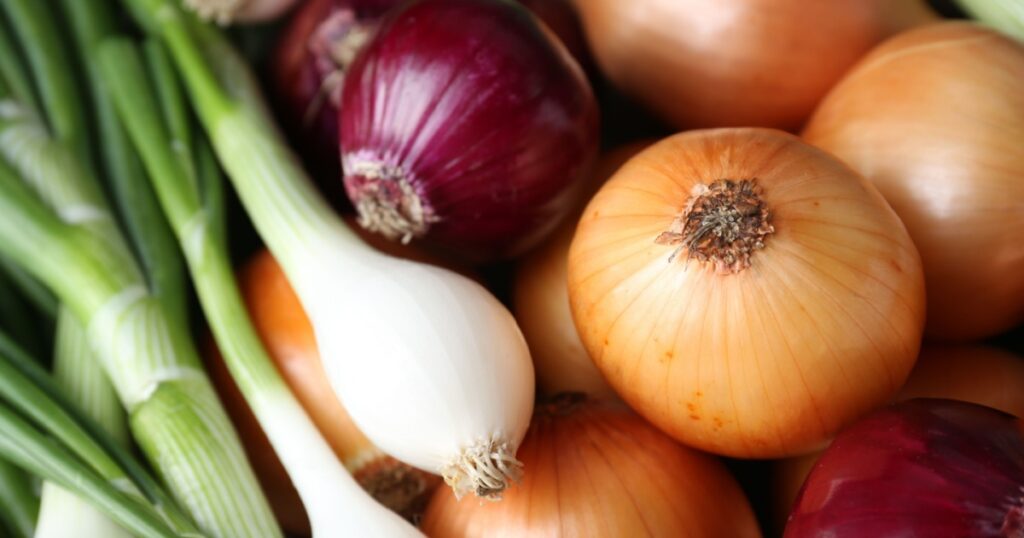
Onions are an excellent source of flavonoid antioxidants, which benefit heart health. This vegetable improves circulation by helping your arteries and veins widen when blood flow increases. In a 30-day study of 23 men, taking 4.3 grams of onion extract daily significantly improved blood flow and artery dilation after meals (11). Onions also have anti-inflammatory properties, which can boost blood flow and heart health by reducing inflammation in veins and arteries (12).
4) Cinnamon
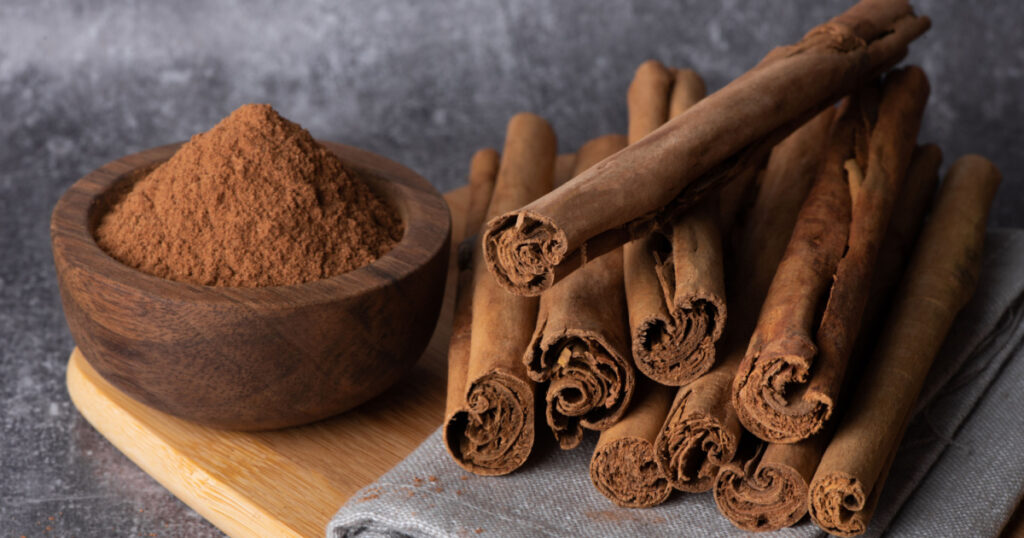
Cinnamon is a warming spice that has many health benefits — including increased blood flow. In animal studies, cinnamon improved blood vessel dilation and blood flow in the coronary artery, which supplies blood to the heart. Rats fed 91 mg per pound (200 mg per kg) of body weight of cinnamon bark extract daily for eight weeks exhibited better heart performance and coronary artery blood flow after exhaustive exercise compared to rats in the control group (13). Plus, research shows that cinnamon can effectively reduce blood pressure in humans by relaxing your blood vessels. This improves circulation and keeps your heart healthy (14). In a study of 59 people with type 2 diabetes, 1,200 mg of cinnamon per day reduced systolic blood pressure (the top number of a reading) by an average of 3.4 mmHg after 12 weeks (15).
5) Garlic
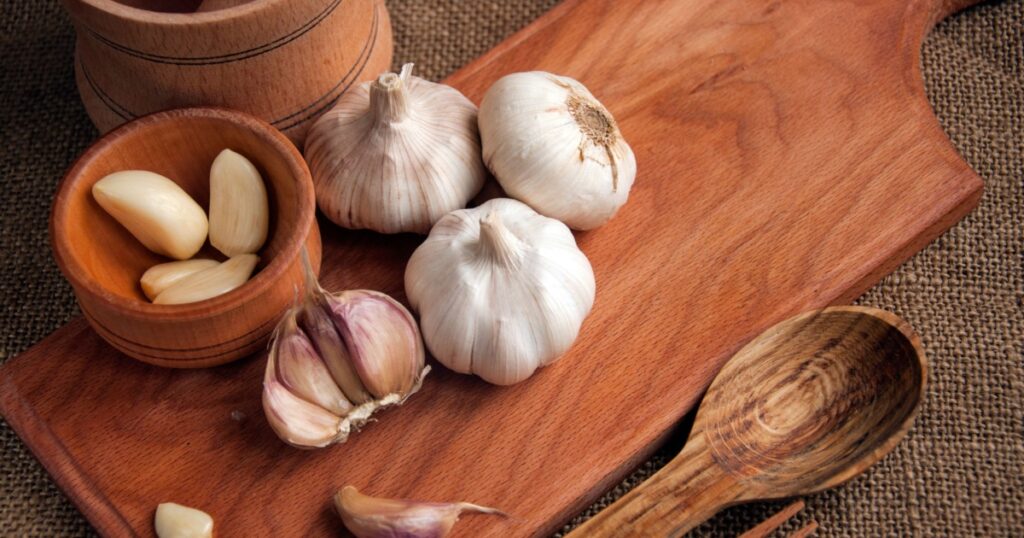
Garlic is well known for its beneficial impact on circulation and heart health. Studies suggest that garlic — specifically, its sulfur compounds, which include allicin — can increase tissue blood flow and lower blood pressure by relaxing your blood vessels. In fact, diets high in garlic are associated with better flow-mediated vasodilation (FMD), an indicator of blood flow efficiency. In a study of 42 people with coronary artery disease, those who consumed garlic powder tablets containing 1,200 mg of allicin twice daily for three months experienced a 50% improvement in blood flow through the upper arm artery compared to a placebo group (16).
Read More: 20 Real Foods You Can Feed Your Dog
6) Fatty Fish
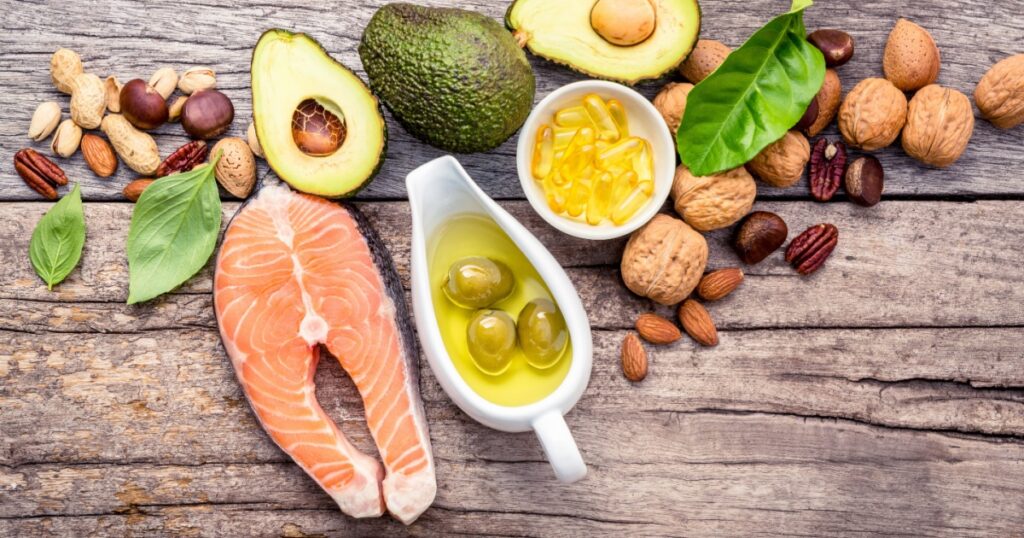
Fatty fish like salmon and mackerel are excellent sources of omega-3 fatty acids. These fats are especially beneficial for circulation because they promote the release of nitric oxide, which dilates your blood vessels and increases blood flow (17). Omega-3 fats also help inhibit the clumping of platelets in your blood, a process that can lead to blood clot formation (18). What’s more, fish oil supplements are linked to reduced high blood pressure and improved blood flow in skeletal muscle during and after exercise. For example, in a study of 10 healthy men, high doses of fish oil — 4.2 grams daily for four weeks — significantly improved blood flow to the legs after exercise (19).
7) Beets
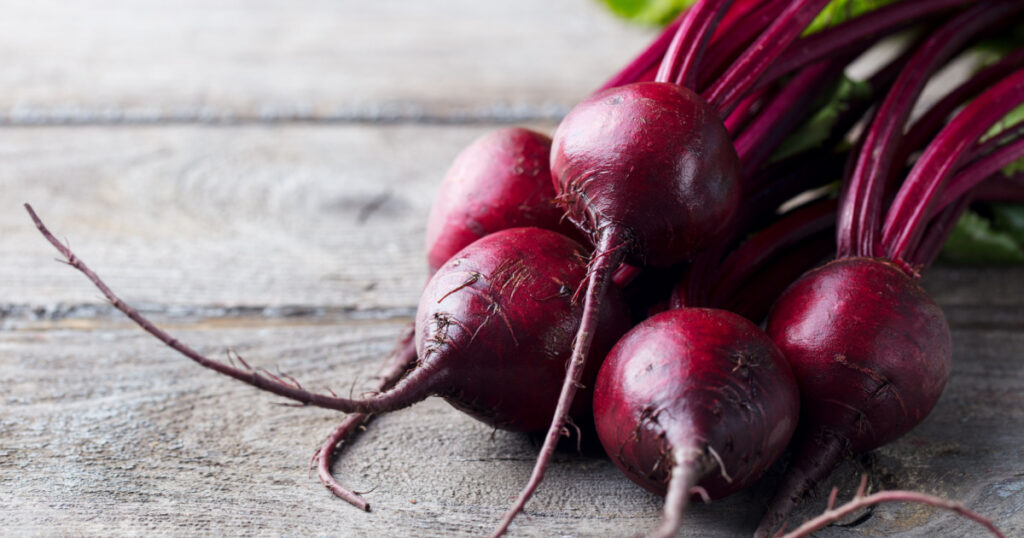
Many athletes supplement with beet juice or beet powder to help improve performance. This is because beets are high in nitrates, which your body converts into nitric oxide. Nitric oxide relaxes blood vessels and increases blood flow to muscle tissue. Beet juice supplements improve oxygen flow in muscle tissue, stimulate blood flow, and increase nitric oxide levels — all of which can boost performance (20). Aside from assisting athletes, beets improve blood flow in older adults with circulatory issues. In a study of 12 older adults, those who drank 5 ounces (140 ml) of nitrate-rich beet juice per day experienced significant decreases in blood pressure, clotting time, and blood vessel inflammation than those who consumed a placebo (21).
8) Turmeric
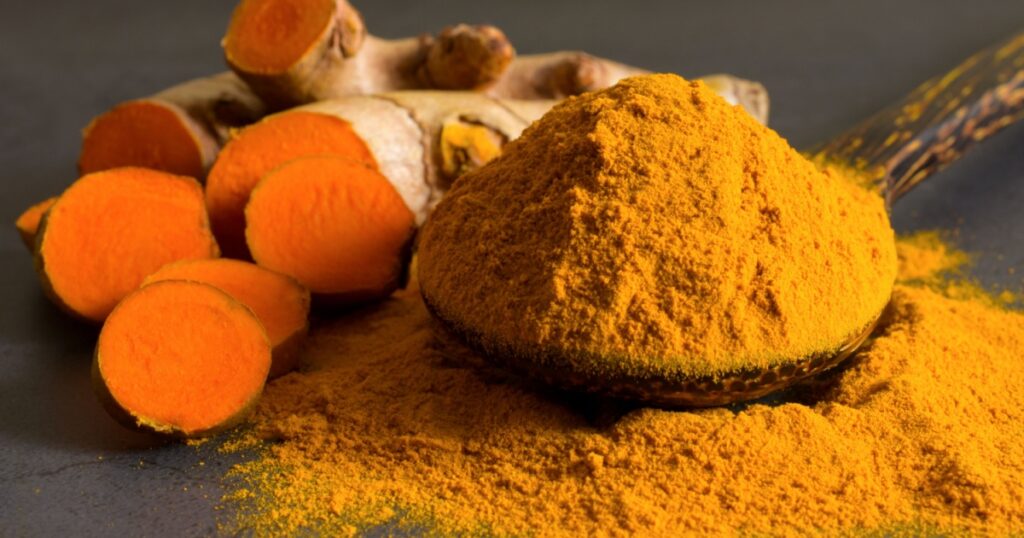
Increased blood flow is one of turmeric’s many health benefits. In fact, both Ayurvedic and traditional Chinese medicine have utilized turmeric since ancient times to open blood vessels and improve blood circulation (22). Research suggests that a compound found in turmeric called curcumin helps increase nitric oxide production, reduce oxidative stress, and decrease inflammation. In a study of 39 people, taking 2,000 mg of curcumin daily for 12 weeks led to a 37% increase in forearm blood flow and a 36% increase in upper arm blood flow (23).
9) Leafy Greens
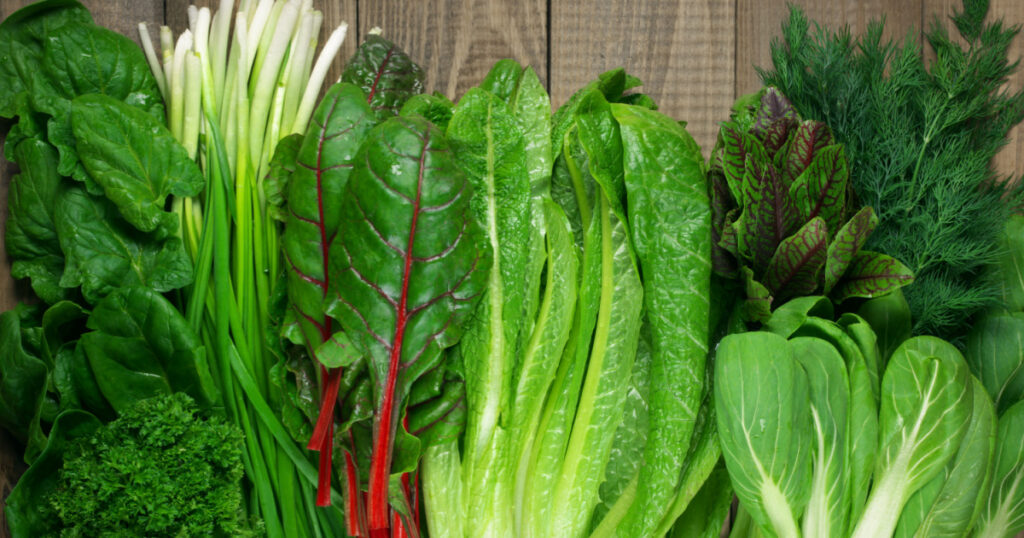
Leafy greens like spinach and collard greens are high in nitrates, which your body converts into nitric oxide, a potent vasodilator. Eating nitrate-rich foods may help improve circulation by dilating blood vessels, allowing your blood to flow more easily. In a 27-person study, those consuming high-nitrate (845 mg) spinach daily for seven days experienced significant improvements in blood pressure and blood flow compared to a control group (24). What’s more, research has observed that people following a traditional Chinese diet high in nitrate-rich vegetables like Chinese cabbage have lower blood pressure and a significantly decreased risk of heart disease than those who consume a typical Western diet (25).
Read More: The 9 Worst Foods To Eat For Your Health
10) Citrus Fruits
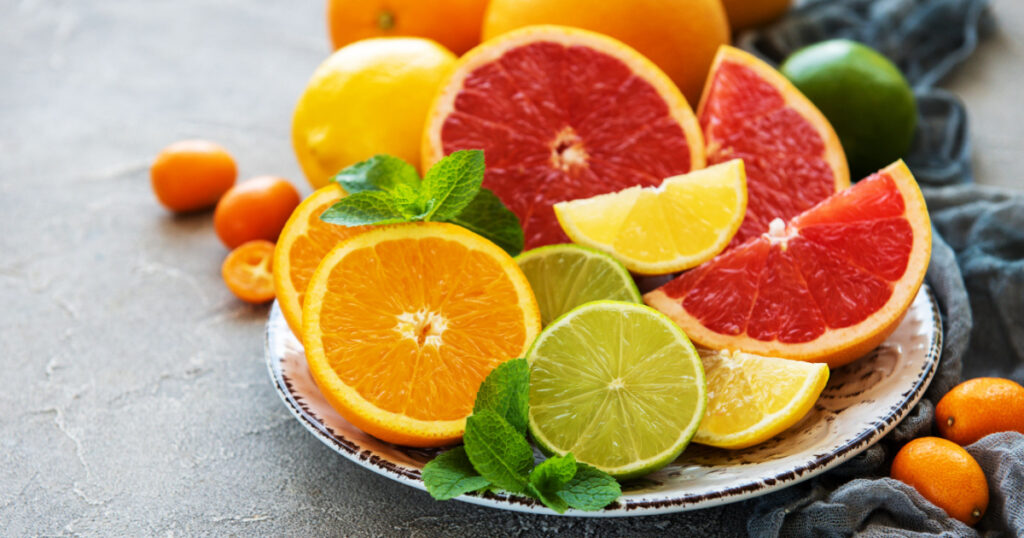
Citrus fruits like oranges, lemons, and grapefruit are packed with antioxidants, including flavonoids. Consuming flavonoid-rich citrus fruits may decrease inflammation in your body, which can reduce blood pressure and stiffness in your arteries while improving blood flow and nitric oxide production (26). In a study of 31 people, those who drank 17 ounces (500 ml) of blood orange juice per day for one week had significant improvements in artery dilation and large reductions in markers of inflammation such as IL-6 and CRP compared to a control group (27). Additionally, regular consumption of citrus fruits, such as lemon and grapefruit, has been associated with reduced blood pressure and a decreased risk of stroke (28, 29).
11) Walnuts
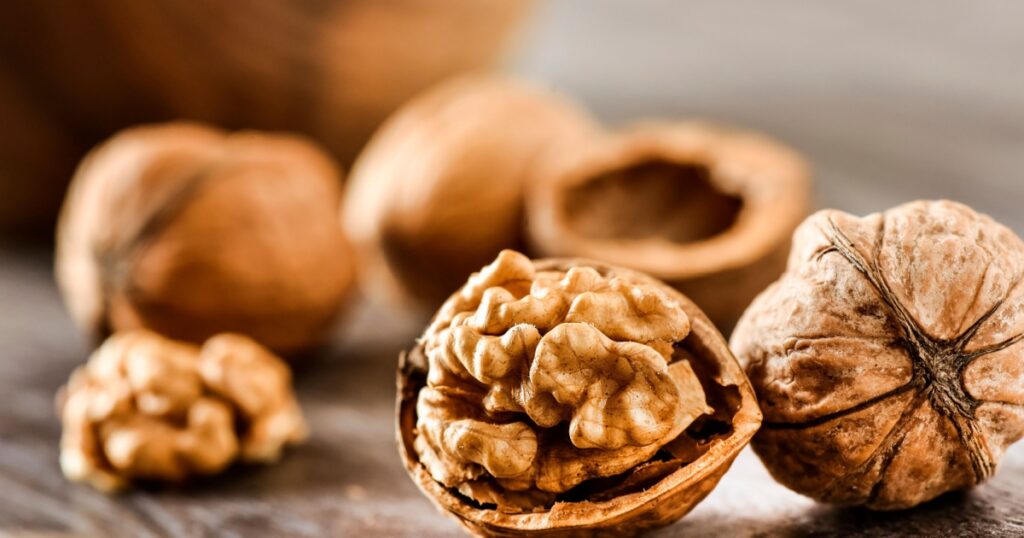
Walnuts are loaded with beneficial compounds, such as l-arginine, alpha-lipoic acid (ALA), and vitamin E — which all stimulate the production of nitric oxide. Eating walnuts may reduce blood pressure, improve blood vessel function, and decrease inflammation, which may be particularly helpful for those with diabetes (30). People with diabetes often have circulation issues and high blood pressure due to blood vessel damage caused by uncontrolled blood sugar levels (31). In a study of 24 people with diabetes, those who ate 2 ounces (56 grams) of walnuts per day for eight weeks experienced significant improvements in blood flow compared to a control group (32).
12) Tomatoes
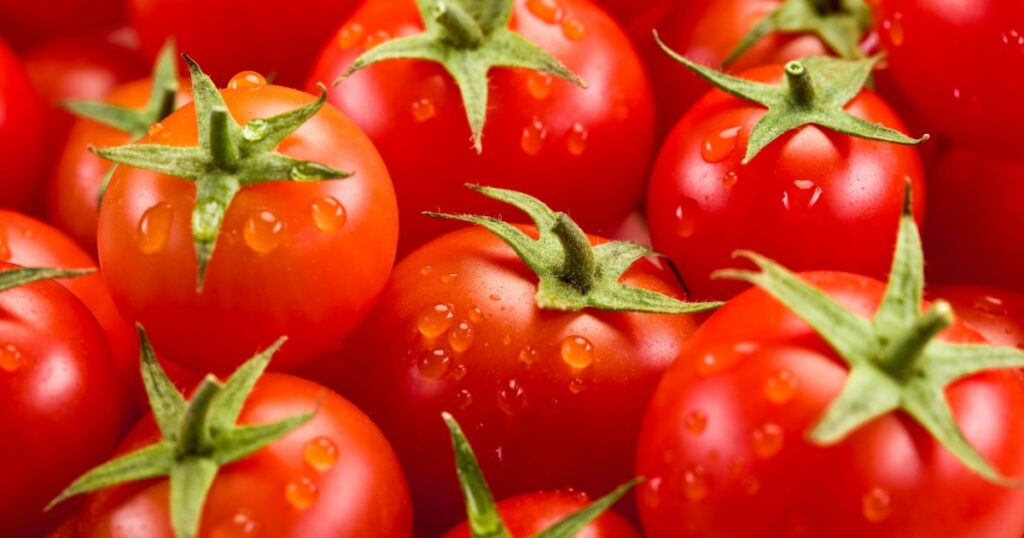
Tomatoes may help reduce the activity of angiotensin-converting enzyme (ACE), which causes blood vessels to constrict to control blood pressure (33). Research reveals that tomato extract works similarly to ACE-inhibiting drugs — opening up your blood vessels and improving blood flow. Test-tube studies note that tomato extract can inhibit ACE, reduce inflammation, and disrupt platelet aggregation, which can improve circulation (34, 35).
Read More: Foods You Should Consider Eliminating if You No Longer Have a Gallbladder
13) Berries

Berries are especially healthy — they have antioxidant and anti-inflammatory qualities, which may have a positive impact on blood flow. Chronic inflammation can damage blood vessels and raise your blood pressure, which can cause circulatory issues. Research shows that eating berries can lower blood pressure, heart rate, platelet aggregation, and blood levels of inflammatory markers like IL-6 while also improving artery dilation (36).
14) Ginger
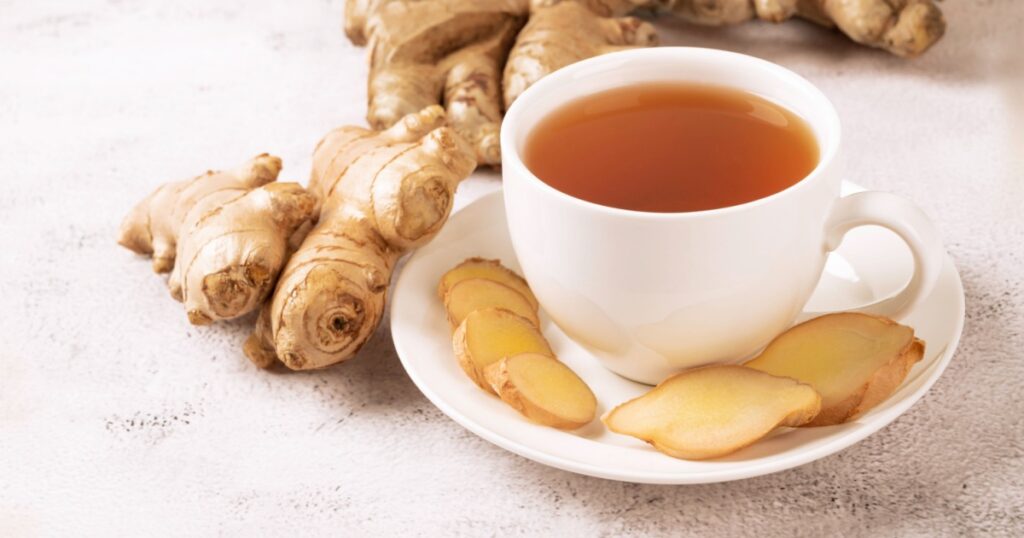
Ginger, a staple in traditional medicine in India and China for thousands of years, can likewise lower blood pressure and improve circulation (37). In both human and animal studies, ginger has been shown to reduce high blood pressure, which negatively impacts blood flow (38). In a study of 4,628 people, those who consumed the most ginger — 2–4 grams per day — had the lowest risk of developing high blood pressure (39). Animal studies demonstrate that ginger works by inhibiting ACE (40).
Other Methods

While incorporating any of these foods into your diet may improve circulation, other lifestyle changes may have a larger impact.
Here are some other lifestyle modifications that can optimize blood flow:

- Quit smoking: Smoking is a risk factor for many chronic diseases — such as cancer — and can negatively impact circulation (41).
- Increase physical activity: Exercise stimulates blood flow and helps improve vasodilation. Plus, regular exercise decreases your risk of heart disease (42).
- Lose weight: Being overweight or obese negatively impacts blood flow and can lead to dangerous complications, such as plaque buildup in your arteries (43).
- Follow a healthy diet: Instead of simply stocking up on particular foods, try switching to a diet rich in healthy, whole foods — such as vegetables, healthy fats and fiber-rich foods — which can improve circulatory health.
- Stay hydrated: Proper hydration is critical to all aspects of health, including circulation. Dehydration can damage endothelial cells and promote inflammation in your body, restricting blood flow (44).
- Reduce stress: Research proves that stress levels can significantly impact blood pressure. Manage your stress through yoga, meditation, gardening or spending time in nature (45).
The Bottom Line

There are many natural ways to improve circulation, including choosing foods that stimulate blood flow. The antioxidants, nitrates, vitamins and other substances contained in the foods above can have a positive impact on your circulation. What’s more, leading a healthy lifestyle by abstaining from smoking, staying active, maintaining a healthy weight and eating a well-rounded diet can boost blood flow and overall health.
Read More: 9 Foods That May Help to Reduce Prostate Cancer Risk
